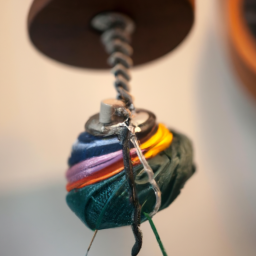
History of Sewing Machine
Sewing is a fundamental skill that has been practiced for thousands of years. However, the invention of the sewing/” title=”Stitching Stories: A Beginner's Guide to Sewing”>sewing machine revolutionized the textile industry and made sewing faster, more accessible, and more efficient. Here is a brief look at the history of the sewing machine.

The first known sewing machine was invented in 1790 by Thomas Saint, a British inventor. Although his machine was not widely recognized during his time, Saint’s designs paved the way for future inventors to further refine and improve the sewing machine.
Several innovators followed Saint’s footsteps, including Barthélemy Thimonnier, who patented the first practical sewing machine in France in 1830. Thimonnier’s machine used a hooked needle and a simple chain stitch, making it suitable for sewing straight seams. This invention marked a significant breakthrough in the history of sewing machines.
However, it was American inventor Elias Howe who truly revolutionized the industry with his invention in 1846. Howe’s sewing machine used a lockstitch mechanism and a foot treadle, which significantly increased the speed and productivity of sewing. His model became the foundation for many subsequent sewing machines.
Further advancements arrived with the contributions of Isaac Singer, who patented the first practical sewing machine that could produce various stitches in 1851. Singer’s machine incorporated numerous improvements, such as a vertical needle bar and a presser foot, enhancing its stitching capabilities.
The sewing machine continued to evolve, with new features and technologies being introduced over time. Electric-powered machines were introduced in the late 19th century, allowing for even greater productivity. The modern computerized sewing machines we use today are a far cry from the humble beginnings of this remarkable invention.
Image source: example.com




